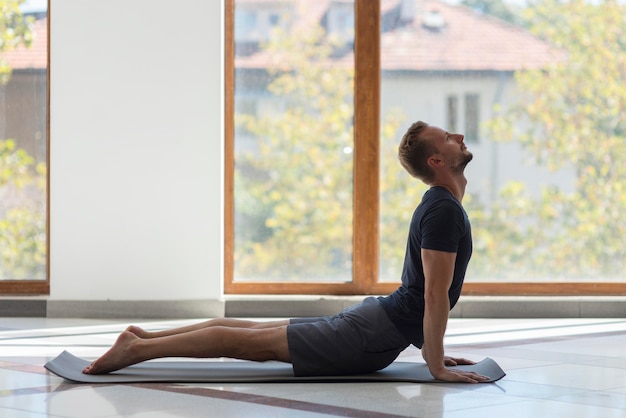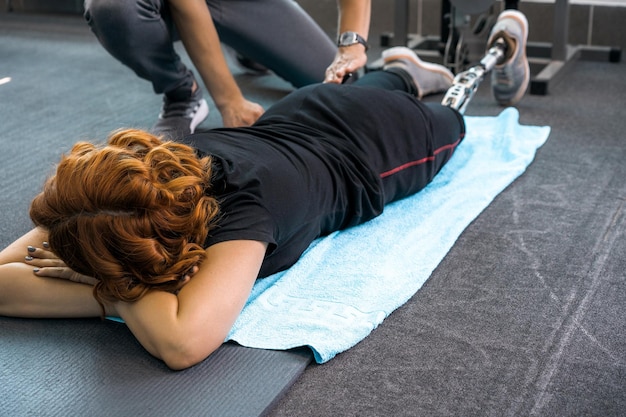Recovery isn't just a bonus—it's a critical part of any fitness journey. Yet, most people overlook it until fatigue, injury, or plateau hits. Whether you're into strength training, endurance sports, or high-intensity workouts, poor recovery habits can silently sabotage your gains.
Yoga and mobility work are powerful tools to enhance recovery, but even they can be misused. Below, we break down 28 common mistakes that hinder recovery, how to start fast, stay consistent, and measure results weekly using simple, science-backed strategies.
Muscles don’t grow during workouts—they grow during recovery. Without proper rest, your body remains in a state of stress, elevating cortisol and reducing testosterone, which directly impacts muscle repair and performance.
Yoga and mobility training help by improving circulation, reducing muscle tension, and enhancing nervous system regulation. But if your approach is inconsistent or misinformed, you’re missing the full benefits.


Begin with just 10 minutes a day. Choose a simple mobility flow or restorative yoga sequence. Schedule it like a workout—same time, same place. Use a habit tracker to build consistency.
Focus on quality over quantity. Prioritize deep breathing, full range of motion, and mindfulness. Apps or printable checklists can help you stick to a routine.
Track these weekly:
Adjust your routine based on trends. If soreness drops and sleep improves, you’re on the right track.
Recovery isn't passive—it's an active process that demands attention. By avoiding these 28 common mistakes and embracing a structured yoga and mobility routine, you’ll recover faster, train harder, and stay injury-free.
Start small, stay consistent, and measure weekly. Your body will thank you.

Wellness

Wellness

Wellness

Wellness

Wellness

Fitness

Fitness

Fitness

Fitness

Fitness

Fitness

Fitness

Health

Fitness

Health

Health